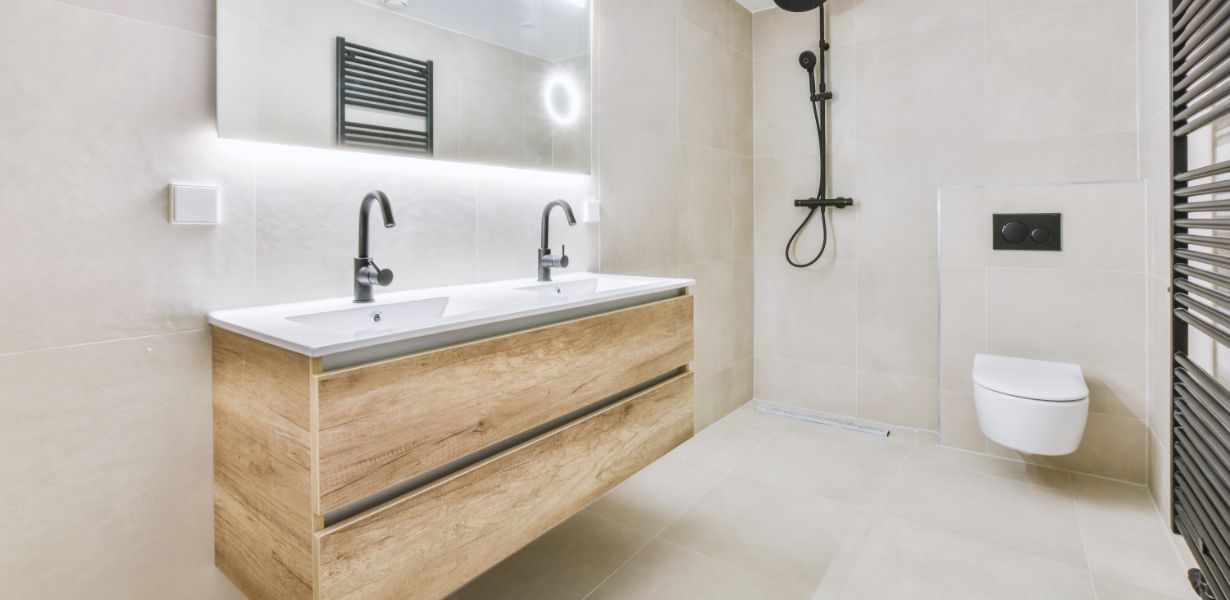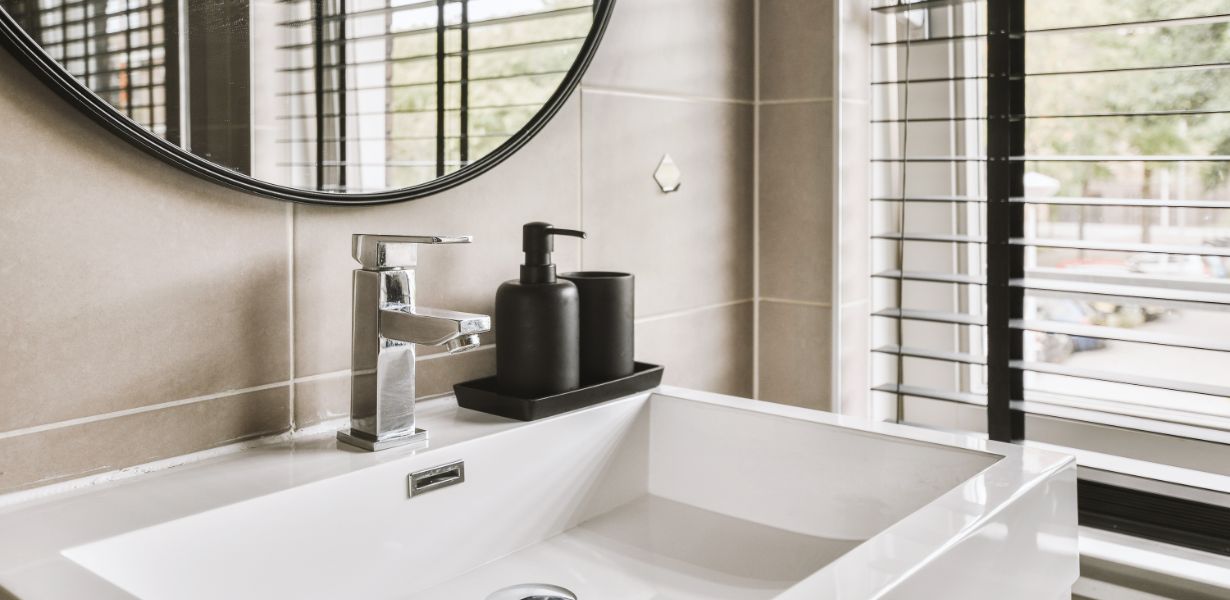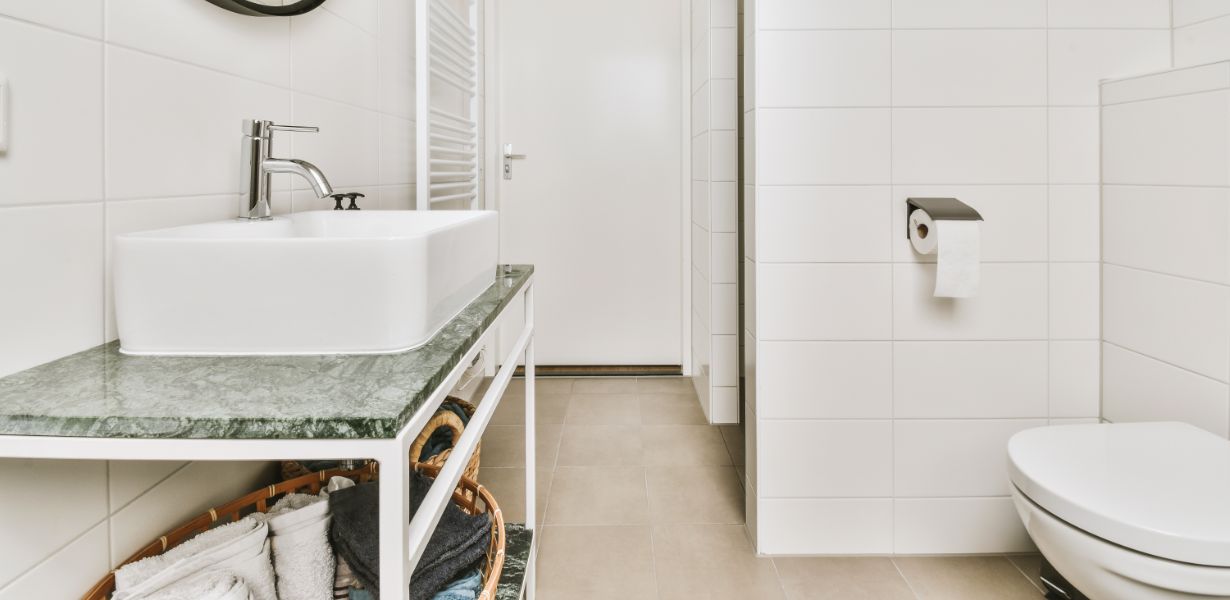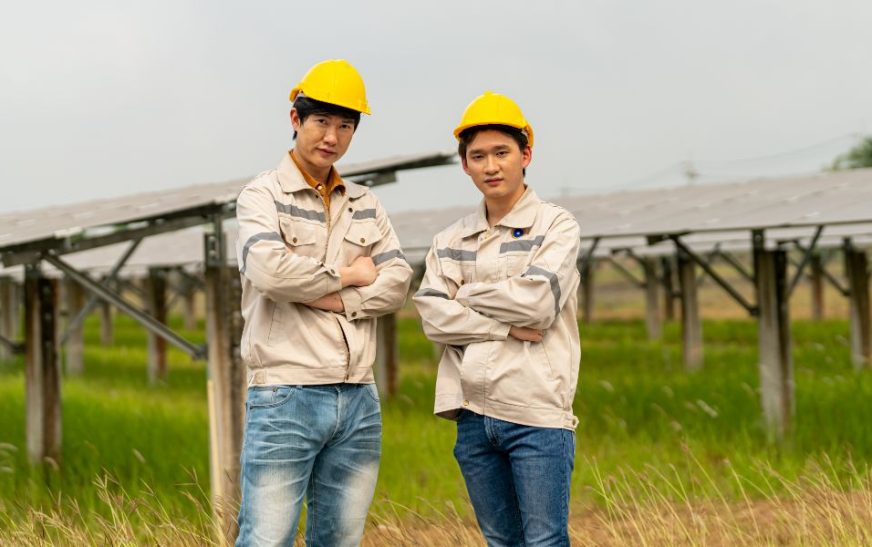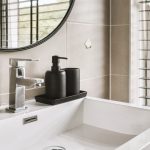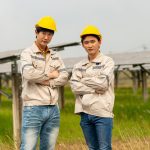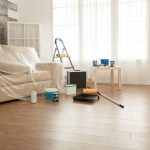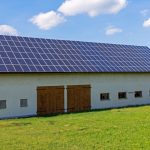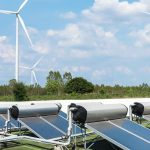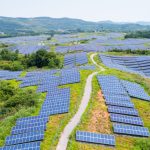In a world where environmental consciousness is on the rise, green gadgets are becoming the cornerstone of energy-efficient living. This blog delves deep into the latest technologies that are transforming the way we power our homes, paving the way for a sustainable and eco-friendly future.
Green Gadgets and Energy-Efficient Living
Green gadgets are innovative devices designed to reduce energy consumption, minimize waste, and harness renewable resources. They play a pivotal role in creating energy-efficient homes. These gadgets are not only a boon for the environment but also for your wallet, as they help lower energy bills.
The Evolution of Energy-Efficient Living
The concept of energy-efficient living has come a long way. With the rapid advancement in technology, we have witnessed a shift from traditional energy sources to sustainable alternatives. Here, we explore the evolution of energy-efficient living and its significance. In the early 2000s, energy-efficient living primarily meant using energy-saving light bulbs and turning off appliances when not in use. However, the landscape has changed dramatically with the introduction of smart home technology and eco-friendly gadgets.
Key Components of an Energy-Efficient Home
Creating an energy-efficient home involves a combination of green gadgets, smart design, and sustainable building materials. Let’s take a closer look at the key components that make up an energy-efficient home.
Solar Panels: Solar panels are a game-changer in the world of energy-efficient living. They convert sunlight into electricity, reducing your reliance on traditional power sources.
Smart Thermostats: Smart thermostats allow you to control your home’s temperature remotely, optimizing energy usage and reducing heating and cooling costs.
Energy-Efficient Appliances: Modern appliances come with energy-efficient ratings, ensuring they consume less power while delivering high performance.
LED Lighting: LED bulbs are a perfect example of green gadgets. They use significantly less energy than traditional incandescent bulbs and last much longer.
Home Battery Storage: Home battery systems store excess energy generated from renewable sources, ensuring a continuous power supply, even during outages.
Green Gadgets for a Sustainable Home
Now, let’s explore some of the latest green gadgets that can take your energy-efficient living to the next level.
Smart Grid Systems
Smart grid systems enable the efficient distribution of electricity by monitoring usage in real-time. They optimize energy consumption by directing power where it’s needed most.
Energy-Efficient Windows
Energy-efficient windows are designed to prevent heat from escaping during winters and block out heat during summers. They reduce the need for heating and cooling.
Smart Lighting Control
Smart lighting systems use motion sensors and remote controls to ensure lights are only on when required. This minimizes unnecessary energy consumption.
Energy Monitoring Devices
Energy monitoring devices provide real-time data on your home’s energy usage, helping you identify areas where you can save power.
Water-Saving Fixtures
Green gadgets aren’t limited to electricity. Water-saving fixtures like low-flow faucets and showerheads conserve water, reducing both usage and water heating costs.
Energy-Efficient Home Builders
If you’re planning to build an energy-efficient home, choosing the right builder is crucial. Energy-efficient home builders are well-versed in the latest green technologies and can ensure your home is designed for optimal energy conservation.
Energy-Efficient House Features
Energy-efficient homes are characterized by specific features that contribute to reduced energy consumption and a smaller carbon footprint. Some of these features include:
- Well-Insulated Walls: Proper insulation ensures that conditioned air stays inside, reducing the workload on heating and cooling systems.
- Low-E Windows: Low-emissivity windows prevent heat transfer, making your home more comfortable while saving on energy bills.
- Ventilation Systems: Energy-efficient homes often incorporate advanced ventilation systems that maintain air quality while minimizing energy waste.
- Green Roofing: Green roofs with vegetation reduce heat absorption and provide natural insulation.
- Renewable Energy Sources: The integration of renewable energy sources like wind turbines and geothermal systems further enhances energy efficiency.
Final Words
The power of green gadgets in achieving energy-efficient living cannot be overstated. These innovative technologies not only contribute to a greener planet but also offer economic benefits by reducing energy consumption. As we move forward, it’s essential to embrace these technologies and make energy-efficient living a norm rather than an exception.
Commonly Asked Questions
1. What are the financial benefits of energy-efficient living?
Energy-efficient living can significantly lower your utility bills. You’ll also be eligible for tax credits and incentives for using green technologies, making it a financially wise choice.
2. How can I find an energy-efficient home builder in my area?
To find an energy-efficient home builder, research local builders and look for certifications such as ENERGY STAR or LEED. These certifications indicate a commitment to energy-efficient construction.
3. Are green gadgets compatible with existing homes, or do I need to build a new one?
Many green gadgets can be retrofitted into existing homes. For example, you can install solar panels on your roof or upgrade to energy-efficient appliances without building a new home.
4. What is the return on investment (ROI) for green gadgets in an energy-efficient home?
The ROI for green gadgets can vary depending on your location, energy consumption, and the specific technologies you implement. However, most green gadgets offer a substantial ROI over time through energy savings.
5. How can I get started with energy-efficient living?
To get started with energy-efficient living, assess your home’s energy consumption, identify areas for improvement, and gradually implement green technologies. You can also consult with energy experts or contractors for personalized guidance.


